“Over the last few weeks I've seen some SIGNIFICANT PROGRESS in my son's EMOTIONAL INTELLIGENCE & BEHAVIOR. PRICELESS. Thank you, Emotional ABCs!”
Amanda V.
Anxiety is a feeling of unease, such as worry or fear – it's an understandable reaction in children to change or a stressful event. But for some children, anxiety affects their behavior and thoughts on a daily basis, interfering with their school, home and social life.
Source: National Health

“Over the last few weeks I've seen some SIGNIFICANT PROGRESS in my son's EMOTIONAL INTELLIGENCE & BEHAVIOR. PRICELESS. Thank you, Emotional ABCs!”
Amanda V.
Different Types of Anxiety Disorders in Children
When a child does not outgrow the fears and worries that are typical in young children, or when there are so many fears and worries that they interfere with school, home, or play activities, the child may be diagnosed with an anxiety disorder. Examples of different types of anxiety disorders include:
Source: The Center for Disease Control
Symptoms of Anxiety in Children:
Source: National Health Service
Social Emotional Learning (SEL) programs such as Emotional ABCs help establish strong emotional competency skills that often overlap with other modalities specific to the needs of a child with anxiety. Particularly, Emotional ABCs helps children identify and communicate their emotions (self-awareness), and shows children an easy-to-use, repeatable sequence of behaviors to help regulate emotions (self-management).
Understanding Generalized Anxiety Disorder in Children
“There are a variety of coping techniques that children and teens can use to help ease the uncomfortable symptoms of anxiety, socially, behaviorally, and emotionally. Learning what works well for your child is key.”
Source:
VeryWellMind.com
How Social Emotional Learning Helps Children with Anxiety
“It’s regarding a child’s interactions with others that the SEL philosophy really makes a difference. For example, a teacher might validate the feelings of a child who is showing signs of anxiety by saying “I see that you are feeling sad right now. What might you do right now to help yourself feel better?” SEL programming also helps kids recognize and label their emotions, learn to cope with them and, importantly, resolve conflicts.”
Source:
HiMamma.com
How Anxiety Leads to Disruptive Behavior
“Kids who seem oppositional are often severely anxious.”
Source:
ChildMind.org
“I started using this program last Spring when my class became anxious and fearful due to all the rapid changes brought on by the pandemic. They really didn't have the language to describe their feelings. Thanks for giving me the tools to help them navigate their changing world.”
~ Serena H.
“These are meaningful resources that are easy to incorporate into the school day. This has definitely been a very helpful tool for my students dealing with feelings they didn’t realize they were having while going through this pandemic.”
~ Noemi L.
“This program has been fantastic to use as a school counselor working in classrooms. It’s especially helpful to have an engaging and simple to use program that scaffolds emotional literacy for kids in a time when that is so foundational to coping with uncertainty. I’ve even learned some new and helpful ways to handle emotions!”
~ Angie S.